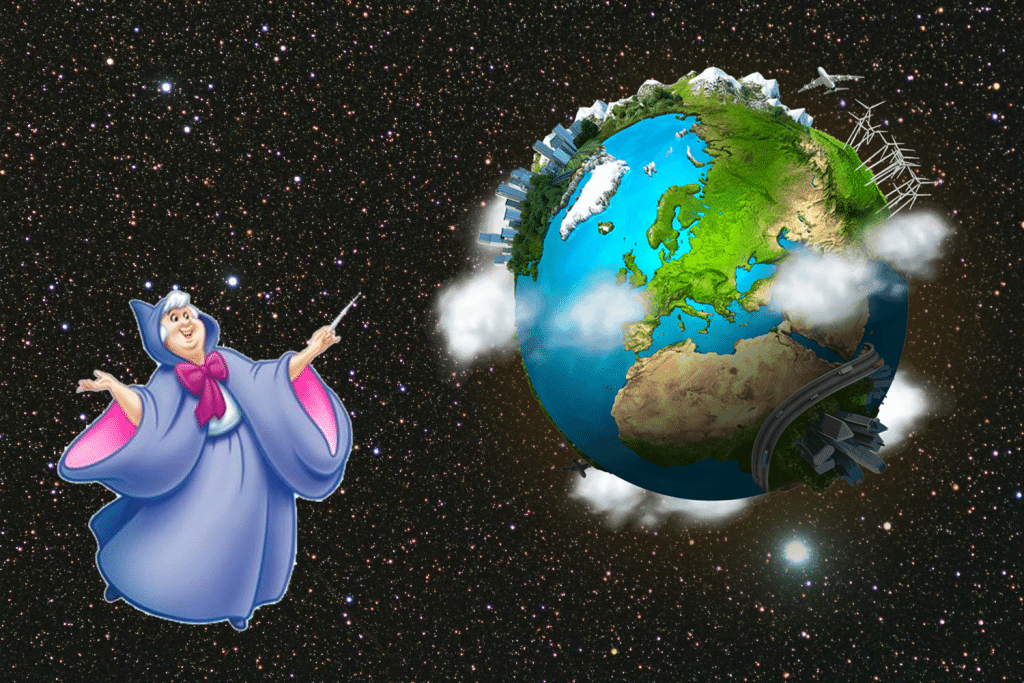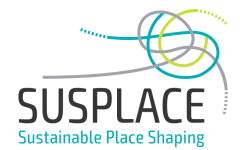
When I was a kid I watched lots of Japanese cartoons. Not healthy to do, I know. But I do vividly remember what was so attractive about many of the cartoons’ characters: they could transform into something different, something better. There was one who would pull out a compact mirror from a pocket and just by reciting some random formula, became a powerful heroine venturing to save the neighborhood from the impeding danger. Another one would inflate like a rooster, his t-shirt would explode (every single time – what a waste) and the scars on his chest would lighten up, meaning that his macho-power was about to be hurled against evil enemies.
As a shy and insecure child, those cartoons made me feel less lonely and opened up unexplored windows of imagination. After all, transformation is an everlasting theme in our lives. The desire to change revolutionary, the rhetoric of the caterpillar becoming a butterfly, the urge to overturn the status quo and create totally new possibilities, are constant and irresistible refrains. Often they are necessary processes, to find new solutions to unresolved questions.
First transition, now transformation
Talking about transformation has also become the new bee-in-the-bonnet of many scientists working on sustainability. For several years the most popular topic was that of transition. We talked, and we still do, of sustainability transitions, to mean long-lasting processes, where changes would take place at different levels, to the final aim of making the current systems of production and consumption more sustainable (Markard et al 2012).
Recently, few have started to say that thinking in terms of transitions is not enough. The idea of transition resonates with an incremental change, sometimes a partial one. So much stuffing ourselves with transition – critics posit – and very little has changed in reality. For instance, we have partially fooled ourselves thinking that, with technological innovation, sustainability would be just around the corner.
But reality proved us wrong. Think about climate change for example. On the one hand our eyes twinkle because renewable energy investments are on the rise, such as in the case of Tylos (Greece) – the first Mediterranean island to run entirely on wind and solar power (Howard 2017). On the other hand we tear our hair in despair witnessing Europe’s 60% increase in extreme weather events in the last three decades (Brown 2016). Despair mounts even more when learning that, because of water scarcity among other reasons, Southern Africa is experiencing the most serious global food crisis of the last 25 years, with famines and acute malnutrition putting the life of tens of millions of people at risk (Vidal 2016).
Searching for the real change
And so it happens that increasingly more scientists working in the field of sustainability, and many in the policy-making, start questioning what the recipe for real change is (UNRISD 2016). Many believe it is a process that shakes up the paradigm of sustainable development. To put it simply, we cannot just reduce our ecological footprint, we must re-create, re-generate the resources that make our lives thrive (Reed 2007). Resources are not only meant as material one, but relational as well, to contribute to social justice and inclusion (Feola 2015).
And at the same time transformation-themed conferences pop up like mushrooms, in order to introduce new theoretical approaches or empirical findings. But also to experiment, to try out, through group work and co-creation, how new formulas can be imagined. Those formulas would help us identify and support transformation in the different realities that we observe through our daily research work. And that’s what a group of us from SUSPLACE have done at Transformations 2017, an inspiring conference that took place in Dundee (Scotland), at the end of August, organizing a Practice Session called “Action-Hub: Arts-based methods for transformative design”.
And you.. what’s the transformation you want?
One finds herself absorbed in this “transformative mixer”, and starts to think: “How cool! It does make sense, indeed. We cannot keep going like this – destroying the planet while dying of pollution-driven diseases”. So what’s up? Let’s listen to this expert, let’s observe this community-led initiative, let’s talk about it again, let’s write about it even more.
What’s wrong about this? Nothing. After all that’s our job: design new theories based on the observation of reality, then question them again, to try and see how they can support the strive for a better world.
But there are two (marginal) trends that I find disturbing. I noticed it in the last year, during which, even myself, originally an illiterate of transformation theories, I become a supporter, though I would say with ‘cautious enthusiasm’. When participating to conferences, lectures and events, I realized that sometimes we run the risk to fall into two easy traps, that I decided to label as follow: a) the fairy godmother syndrome and 2) the “T” box.
The fairy godmother syndrome
I see some colleagues racking their brains, passionately getting heated when talking about the transformation, the solution. They invite fellow researcher to contribute to generate the “world-changing idea”: one, fantastic, and grand. Do you remember the fairy godmother? One would not even have the time to put the coffee-maker on the stove, and ta-daa, Cinderella had already become a fancy princess ready for the dance. I feel that sometimes researchers employ the same reasoning: one touch of the magic wand and the earth will become a better place.
The fairy godmother syndrome might conceal an illusion. The illusion that the earth is only one and the solution is as well. But let’s be honest: processes of transformations are many, sometimes imposed top-down, but often times originating from communities, from country villages, from companies, from schools. They are messy processes, maybe not linear ones, but still, they deserve analysis, to understand if and how they work.
In short, there is not one magic wand. Within SUSPLACE we try to open our eyes to see the several transformations, small or big, right under our noises. We watch them closely, we get our hands dirty, we try to understand why they happen there, in that place, and what it does that imply for that place.
Perhaps we should all do it: detach our focus from the complexity of the global issue, and looking at what surrounds us. And that might help us to keep our bile to reasonable levels, and govern our frustration.
The “T” box
Yes, frustrations are there. There is always the moment when one wonders: but what does it really mean, this transformation? From what to what? And for whom? I went through this myself, and I haven’t found a complete and satisfying answer.
But I understood why I was so frustrated. Because I used to confine the reflection to a box, the “T” box as I call it. Every once in a while, we go and fetch the box from the closet, we dust off the cover, we open it and pull out the things hidden inside: concepts like social justice, regeneration of places, social and technological innovation. We read about such ideas, we discuss them over and over, we question why and how, and then we take the box and put it back in the closet. As if it didn’t belong to us, as if we could only relate to it when the season of the ‘researcher-talking-about-transformation’ comes again.
A popular Italian saying recites: “The cobbler’ shoes are always torn”. It happens for many professions, after all, not just in the research field: we are often so interested in a topic, and personally very much detached from it. It’s not that we don’t like nice tidy shoes, but sometimes we are too busy mending other people’s shoes and forget our own.
Perhaps a way out of this conundrum would be to get a smaller T box, take some of the concepts from the big one, choosing the ones we feel are most compelling for us. And make them ours. Not placing them back in the closet, but holding them in our pockets, always. And practice them in our daily lives, with small, even banal, gestures. For instance, if for us – at least as it is for me – social justice is the essential ingredient for any kind of transformations, then let’s be attentive to the injustices we witness in our lives, in our jobs, daily.
Perhaps, then, we would feel more empowered with the critical tools to handle the theories that we keep reading and discussing in our research circles.
Selected readings
To learn more of the debate on sustainability transformations, see:
- Feola, G., 2015. “Societal transformation in response to global environmental change: A review of emerging concepts”. Ambio, 44, pp.376–390
- Scoones, I., 2016. “The politics of sustainability and development”. Annual Review of Environment and Resources, 41, pp.293–319.
- O’Brien, K. and Sygna L. 2013. “Responding to climate change: The three spheres of transformation”. Proceedings of Transformation in a Changing Climate, 19-21 June 2013, Oslo, Norway. University of Oslo (pp.16-23).
N.B. Many thanks to Anastasia Papangelou for the useful comments on a late draft of this blog!
